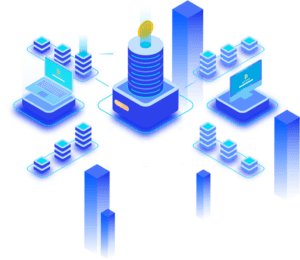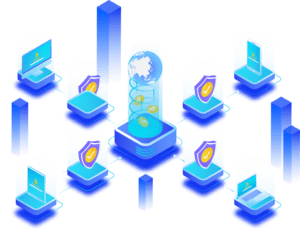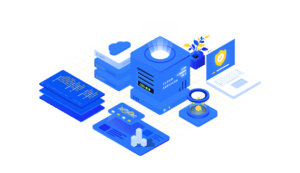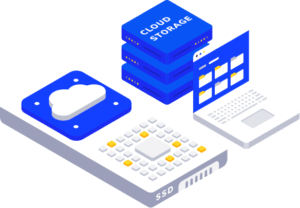Projects / Blockchain Development
Framework “TAMYR”
The TAMYR software platform is designed to create decentralized industrial applications for operation on the scale of an enterprise, industry, state, region.



What does framework mean?
“TAMYR” is NOT a separate network, it is literally a framework for building applications with any logic and any type of consensus.

Blockchain Technologies
The use of Blockchain technologies means that the decentralized application at the software platform level implements data validation logic using a chain of hashes.



Big data technologies
The use of Big Data technologies means that “TAMYR” allows you to store data of any size. The NoSQL Kyotocabinet library is used as a data store with a maximum size of 1 file of 8 exabytes. There can be any number of such files – thus, the amount of stored data is limited by the physical resources of the server.
When using the “TAMYR” framework, it is possible to use any other types of storage, including SQL databases, such as Postgres. We are currently also working on the integration of 1C and SAP databases.

Data storage
In addition, TAMYR stores data directly on the blockchain (and not just transaction hashes, as implemented in competing platforms). This approach allows organizing the exchange of not only validating information, but also the data itself in the blockchain mode.
In particular, this means:
If the data is sent to the blockchain as a transaction, it will be distributed over the main network and made available to all participants;
If a node fails, it will restore not only the validating information, but the data itself.


Industrial scale
The “TAMYR” framework has all the characteristics necessary for the implementation of projects on an industrial and government scale

Safety
Implemented the logic of ban-nodes that block
invalid connections to the main network;

Performance
Performance – nominal 47,000 TPS, per loadtest
the first version showed 45,000 TPS, after improvements a maximum of 327,000 TPS;

Configurability
The operation of the node is configured using regular xml files that can be edited by middle-level administrators;

Scalability
For scalability, simply deploy additional nodes;

Ease of administration
To deploy and maintain the network does not require specific knowledge and knowledge of specific programming languages. The development language is C ++, in the future the nodes will be transferred to Python and Java.
